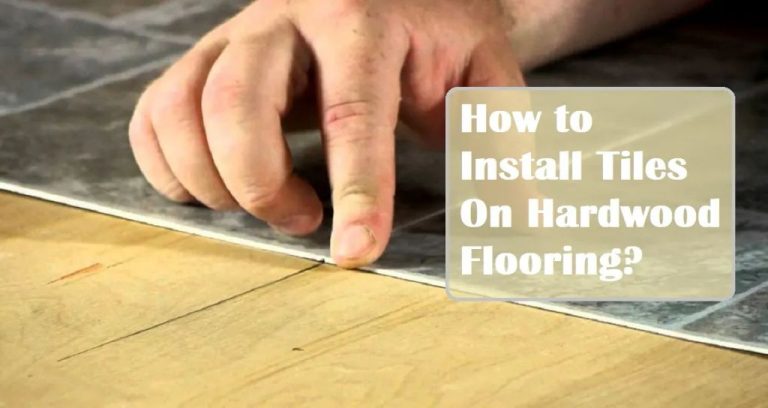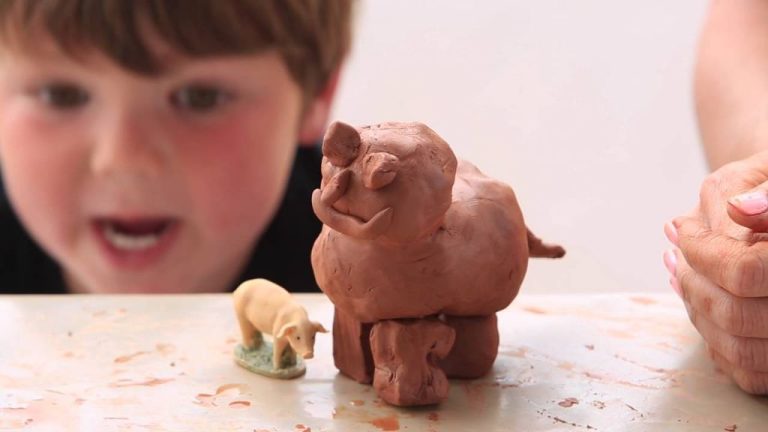How Do You Make Clay Pots Into Hanging Ones?
Hanging clay pots have become a popular way to display plants and flowers around the home. Their benefits are numerous:
- They free up valuable floor and table space. Hanging pots make the most of vertical areas on walls, ceilings, patios, and more.
- They allow for creativity and flexibility in decorating. Hanging pots can be placed in otherwise empty spaces to add greenery and visual interest.
- They are visually appealing. Beautiful trailing or cascading plants in suspended pots look great in indoor and outdoor settings.
- They bring plants up closer. Hanging pots elevate plants to eye-level for better enjoyment of the plants’ forms, flowers and foliage.
- They’re fun. It’s satisfying to create an eye-catching display with suspended pots.
With some creativity and know-how, it’s simple to craft unique hanging clay pots to showcase plants in a new way.
Choosing the Right Pot
When selecting a pot for a hanging planter, it’s important to choose one made from lightweight material. Heavy pots will be difficult to hang and can pose a safety risk if the hardware fails. The best options for hanging planters are lightweight clay, terra cotta or plastic.
Terra cotta is a classic choice with a natural, earthy look that pairs well with many plant types. Make sure to choose an unglazed terra cotta pot, as the porous material allows air and moisture to penetrate. Plastic pots are another good option – choose thicker plastic that won’t become brittle when exposed to weather. Whichever material you select, make sure it has drainage holes to prevent soggy soil.
In terms of size, look for smaller pots, generally 10 inches or less. Large, heavy pots full of soil and plants will be too heavy to hang securely. Scale down the size of your pot based on the hardware you’ll be using and the weight you feel comfortable suspending.
Before hanging your pot, test it for weight by holding the empty pot with the hardware attached. Make sure it feels manageable and not overly heavy. With the right lightweight pot, you’ll be able to create an attractive and easy-to-manage hanging garden.
Preparing the Pot
Before turning your pot into a hanging planter, it’s important to start with a clean, intact base. Make sure to thoroughly wash the pot with soap and water to remove any dirt or debris. Use a sponge or soft cloth to gently scrub both the inside and outside of the pot.
Also inspect the pot carefully for any cracks, chips or flaws. Even small fractures can worsen over time and cause leaks or damage when hanging. It’s best to avoid using any pot that has pre-existing damage or defects. Allow the pot to fully dry before moving onto the next steps.
Starting with a clean, dry and sturdy pot will ensure your hanging planter lasts for many seasons. Taking the time to properly prepare the base will lead to a successful and long-lasting final product.
Making Drainage Holes
Proper drainage is crucial for plants to thrive in a hanging pot. Adding drainage holes allows excess water to flow out of the bottom of the pot, preventing root rot. To make drainage holes in a clay pot, you’ll need to use a drill or nail.
Mark where you want the drainage holes to go with a pencil. Space them a few inches apart for adequate drainage. Use a power drill with a masonry bit that’s slightly smaller than the drainage holes you want. Drill slowly through the bottom of the pot at your marks. You can also use a hammer and large nail if you don’t have a power drill. Carefully tap the nail through the pot bottom to create each hole.
Add enough drainage holes so that excess water can easily flow out, but not so many that soil falls through. Aim for 3-5 holes spaced evenly in a 6-8 inch pot. Larger pots may need additional holes. Just be sure not to weaken the structure of the pot. Smooth any rough edges around the drainage holes with sandpaper.
Adding Hanging Hardware
To hang your clay pot, you’ll need to add some type of hanging hardware. There are several attractive options to choose from:
Macrame: Macrame makes a lovely natural-looking hanger. You can buy ready-made macrame hangers, or make your own by knotting together cotton cord or jute. Feed the ends of the macrame through holes in the pot to create loops for hanging.
Rope: For a rustic look, try braided cotton rope. Use sturdy rope in a thickness that complements the pot size. Cut an appropriate length of rope, and tie large knots at both ends so it won’t slip back through the drainage holes.
Chain: Metal chain gives an industrial modern vibe. Opt for galvanized steel, copper, or aluminum chain in different sizes and link shapes. Use chain rated for sufficient weight support. Cut the chain to size and attach S-hooks on both ends to create loops.
Get creative with your hanger material and style. Just ensure it can handle the weight of the pot when saturated with soil and water. The hardware should also have enough grip that the pot won’t slide around or detach.
Securing the Hardware
Once you’ve drilled the drainage holes and added the hanging hardware, it’s important to securely attach the hardware to the pot. The weight of the soil and plants will put stress on the hardware, so you need something strong to hold it in place.
The best option is to use an epoxy or silicone adhesive. Epoxy is extremely strong and bonds tightly to ceramics and metals. Silicone also works well at adhering to different materials. Avoid super glue, as it can become brittle over time.
To apply the epoxy/silicone, put a dab or thin layer on the inside lip of the pot where the hardware sits. Then insert the hardware pieces and attach the hook or chain. Hold firmly or use tape to keep the hardware in place while the adhesive dries and cures, usually 24-48 hours. The epoxy or silicone will create a tight, durable bond.
Once fully cured, give the hardware a gentle tug to test that it is firmly attached. Now your pot is ready for planting!
Choosing the Right Plants
When selecting plants for a hanging pot, you’ll want to consider a few factors to ensure they thrive in their new elevated environment:
Weight – Make sure to choose lightweight plants, as heavy plants can cause the pot to tilt or sag over time. Trailing vines, herbs, and small houseplants are all great lightweight options.
Sun needs – Consider the lighting conditions where the hanging pot will hang. Choose shade-loving plants for low-light areas or sun-loving varieties if the pot will get several hours of direct sun.
Trailing or vine plants – Look for plants with long trailing stems or vining growth habits. Pothos, philodendrons, petunias, ivy, flowering vines, and succulent string-of plants are perfect choices that will spill beautifully over the sides of the hanging pot.
A mix of lightweight trailing plants with similar lighting needs will help create an attractive and easy-to-care-for hanging garden.
Prepping the Plants
Before planting your succulents or cacti in your new hanging clay pot, you’ll want to make sure the plants are prepped and ready to thrive. Here are some tips for getting your plants ready:
First, gently remove the plants from their original containers and loosen any bound roots. Use a pair of scissors or pruners to trim off any dead or rotting roots. This encourages new root growth once planted. Only trim off the obviously dead roots – don’t trim healthy white roots.
Next, make sure you are using a well-draining potting mix, ideally one made specifically for cacti and succulents. These mixes are lighter and grittier, allowing for drainage. Regular potting soil is too dense and moisture-retentive for these drought-tolerant plants.
Lightly moisten the potting mix before adding it to the hanging pot. Then place the roots of the trimmed plants into the pot and gently fill surrounding space with more damp soil. Press down gently to remove air pockets. Leave about 1/2 inch space below the rim.
Now your plants are prepped and ready for hanging! Just be sure to let the soil dry out between waterings and provide plenty of sunlight.
Planting
After preparing both the pot and the plants, it’s time for planting. Start by filling the pot about 1/3 full with potting soil. Gently remove the plant from its nursery pot, loosening the root ball if it’s tight. Place the plant in the center of the pot and fill in around it with more potting soil, firming it down with your hands to remove air pockets. Leave about 1/2 inch at the top for watering. Water thoroughly after planting to settle the soil. Check that the plant is at the right level – the top of the root ball should be just below the rim of the pot. Adjust the soil level if needed. Some overflow from watering is good to prevent mineral buildup.
Caring for Hanging Pots
Hanging pots require some special care to keep your plants healthy and happy.
Watering
Check the soil moisture daily by sticking your finger into the soil up to the second knuckle. Water whenever the top inch of soil becomes dry. Take the plant down and thoroughly water it over the sink or tub, allowing excess water to drain completely before hanging it back up. This hydrates the roots better than just sprinkling water on the surface.
Fertilizing
Use a balanced liquid fertilizer diluted to half-strength every 2-4 weeks during the growing season to provide nutrients. Slow release fertilizer pellets mixed into the soil at planting time can provide a steady supply of nutrients for 4-6 months.
Cleaning
Wipe clay pots periodically with a damp cloth to keep them looking their best. Use a soft brush to gently remove dust and debris that may accumulate on plant leaves and stems.



